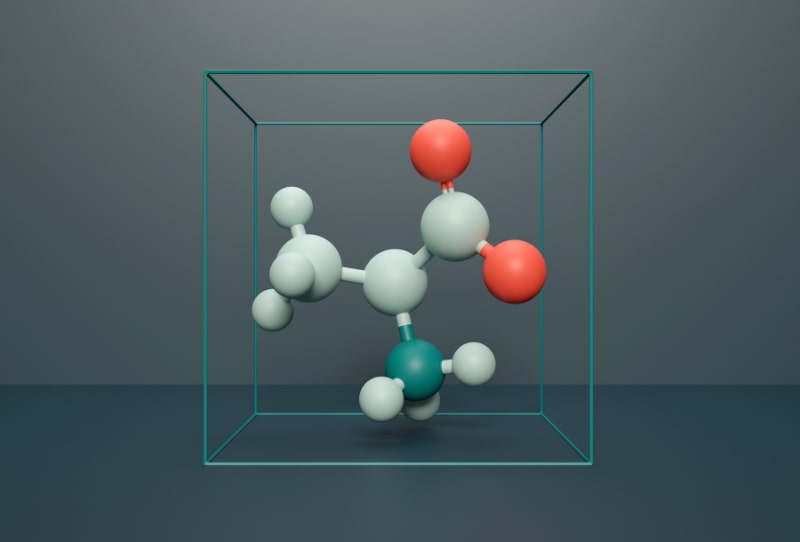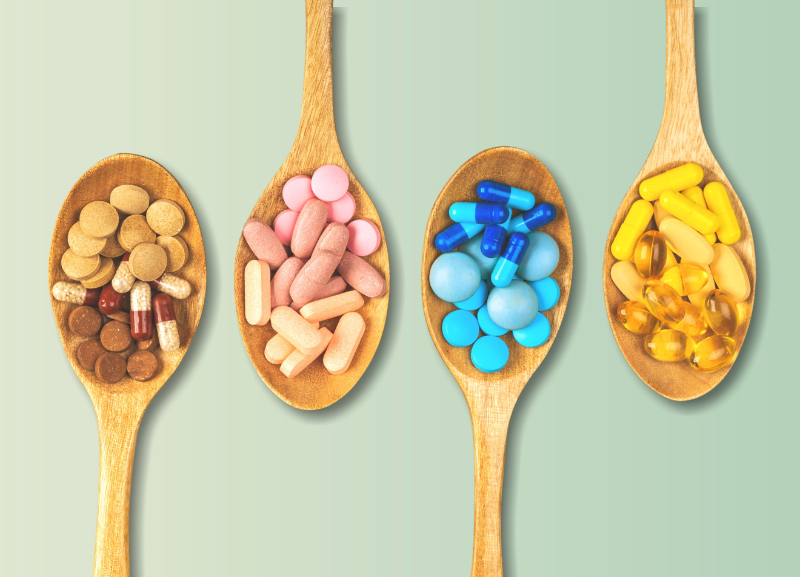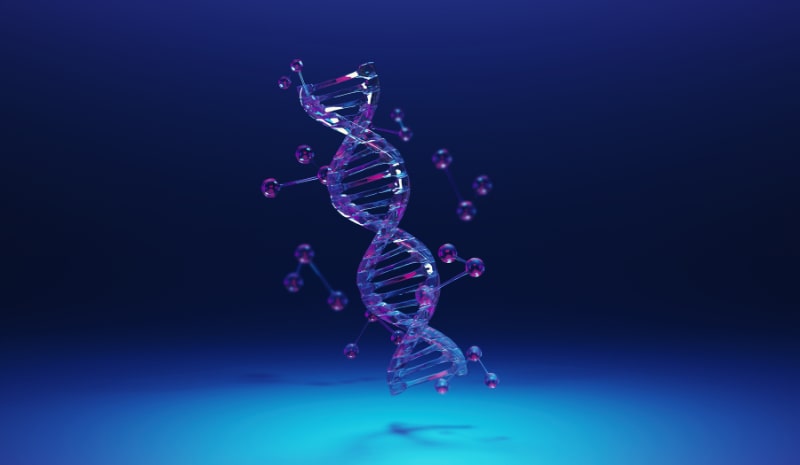Macula
Macula is oval shaped highly pigmented yellow spot, located roughly in the center of the retina, temporal to the optic nerve. Eventhough it makes up a small part, it is the most sensitive part of retina. . It is yellow in colour since it is made up of lutein and zeaxanthin .
Functions
Macula helps in detailed vision and performs task that require central vision such reading, threading a needle, distinguishing faces, realizing traffic signals etc.. The macula comprises of densely packed light sensitive photoreceptors , which enable it to be in control of the central vision.
The center of Macula is known as Fovea, which is made up of cone cells and ensures that the eye provides a central vision of a high resolution. As the macula has numerous cones, it enables the eye to have a sharp vision especially in bright light. It is able to absorb excess ultraviolet light and it also blocks entry of excess sun light.
Clinical Significances
The damage and degeneration of macula will lead to various eye diseases and derangements. This condition leads to the decreased clarity in perception due to partial or complete vision loss.
Macular Degeneration can occur due to the following causes
-
Traumatic or Accidental
The damage or breaking down of Macula, due to trauma or accident can cause formation of macula holes, which can lead to entire macula destruction.
-
Age Related Macular degeneration (ARMD)
ARMD is progressive condition that results in the gradual deterioration of the macula,resulting in functional limitations and legal blindness in elderly people. ARMD develops when the retina's BLOOD supply diminishes. This makes it vulnerable to damage and its cells begin to die, resulting in diminished vision.
The leading cause for blindness in persons over 50yrs is Age-related macular degeneration.
There are two types of ARMD, generally.
-
Atrophic(Dry) ARMD
This is the most common form and it develops slowly and does not usually cause severe vision loss. The retina, its pigmented cells, and the adjacent blood vessel layer gradually become damaged and broken down causing deposits in the back of the eye called drusen, over months and years. This damages the macula decreasing its ability to send signals to the brain. Central vision slowly becomes dimmer or more blurry gradually.
-
Neovascular (Wet) ARMD
Wet AMD is much less common but far more aggressive than dry AMD, leading to permanent damage to the macula. This also begins as Dry type. But when new, thin and fragile blood vessels begin to grow erratically within the choroid, the blood-rich membrane that nourishes the retina, it leads to hemorrhages as the vessels are very fragile and bleed easily. So there will be swelling of retina distorting the macula and accelerating the loss of cells.
-
Symptoms
- Blurred vision, especially when reading
- Missing fields, like parts of words or gaps in the appearance of lines or objects
- Need for Increased Light for task needing close vision.
- Vision of Faded Colors
- Distorted or Wavy appearance of straight objects
- Looking at the sides of the object to see it clearly .
- It's harder to see people's faces clearly.
- Objects appear distorted or smaller than they really are.
- A new blank or blind spot develops in your central field of vision
Do Follow This to Reduce Risk
- Quit smoking
- Control high blood pressure and cholesterol level
- Control infections
- Control cardiovascular disease
- Improve nutrition
- Wear 100% UV protective sunglasses
- Curb sugar intake
- Maintain ideal body weight
- Exercise regularly
People who have more than one risk factor, especially when one of the risk factors is family history, should frequently and regularly monitor their vision, as Early diagnosis is very important, particularly with wet ARMD
Eye Care Capsule
Proper nutrition is critical to maintain and preserve eye health, like any other body part, for both men and women. This new and unique formulation contains Lutein, Zeaxanthin and Astaxanthin. This Provides nutritional support for those at risk for AMRD. It is also enriched with Beta Carotie, Vitamins B6, vitamins C, vitamin E, Zinc, Zelinium etc.also.
Lutein - Lutein is called a carotenoid vitamin, and is related to beta-carotene and vitamin A. It is an advanced new antioxidant supplement formulated to provide nutritional support for the eye.
Foods Rich In Lutein are broccoli, spinach, kale, corn, orange pepper, kiwi fruit, grapes, orange juice, zucchini, and squash.
Zeaxanthin - This is also a xanthophyll carotenoid which reduces the risk of AMRD, by protecting the eyes and giving nutritional supplements. This is found abundantly in Dark Green Leafy Vegetables.
Both Lutein and Zeaxanthin filter harmful high-energy blue wavelengths of light and act as antioxidants in the eye, helping protect and maintain healthy cells.
Astaxanthin - is a carotenoid xanthophyll which is responsible for the red color in salmon, lobster, krill, crab, other shell fish and in the micro algae Haematoccous pluvialis. The latter source has made astaxanthin readily available worldwide for therapeutic uses. It is a powerful naturally occurring antioxidant also.
It has ability to cross the eye barrier and concentrate in the retinal macula, without any side effects. It can be used for the treatments of the management of eye related oxidative stress and thus the prevention and mitigation of degenerative diseases of the eye such as macular degeneration.
The daily intake of the capsules, with guidance of the physician will help to prevent the ARMD and in giving a healthy and clear vision.

Vitamins
Understand how the many different vitamins are the big players of the human body.

Amino Acids
These are the building blocks of the proteins that power every essential machinery in the human body.


Others
Browse about various other important topics.
